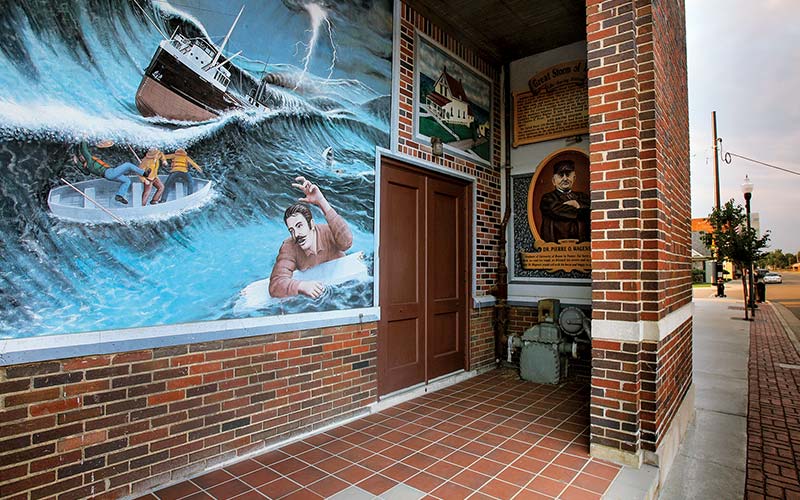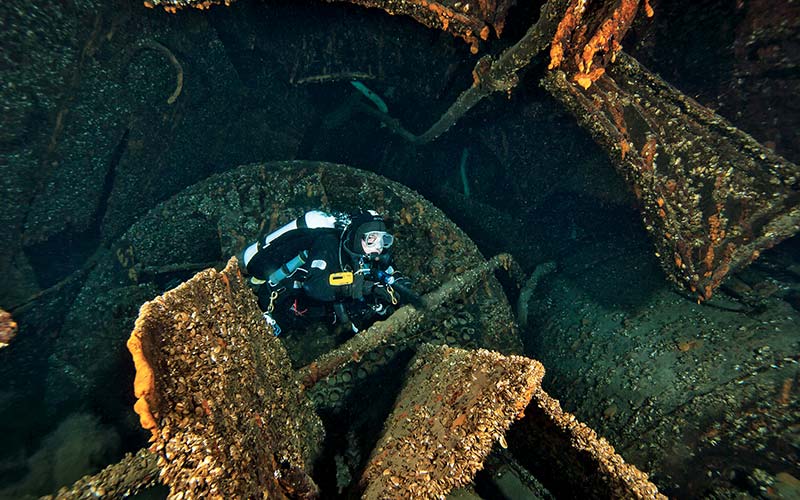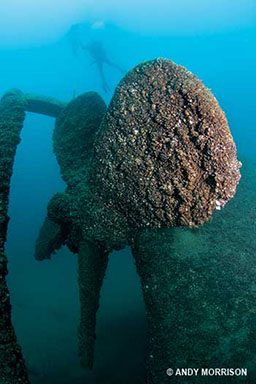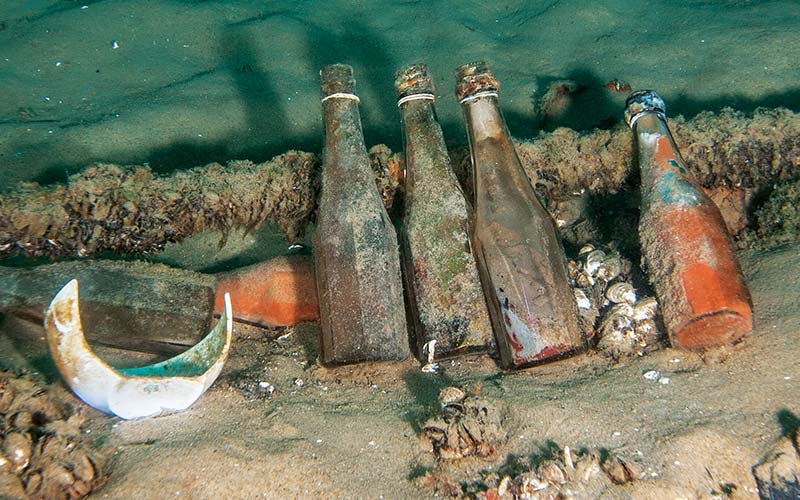It has been called “Freshwater Fury” and “White Hurricane,” but for one Great Lakes historian, the Great Storm of 1913 is most accurately termed “a storm of legend.”
Many sailors didn’t know what was brewing just beyond the horizon that November. Others didn’t heed the warnings. Instead, they looked to the vast expanse of the Great Lakes and chose to make one more run — one more chance to earn money before the winter weather put a cap on the shipping season.
A century after the storm ravaged the Great Lakes on Nov. 9, 1913, with four days of violent winds and blinding snow, historians still label it the worst weather-related disaster in U.S. maritime history.
“We know that about 250 sailors died. We know a dozen ships were smashed, and we know at least a dozen more were run on shore,” said Capt. David G. Brown from Port Clinton, Ohio, who authored White Hurricane: A Great Lakes November Gale and America’s Deadliest Maritime Disaster. “What we don’t know is how many fishermen died. We just don’t know how much more devastation happened.”

When the winds quieted, it was discovered that 12 ships had sunk in the ferocious, icy waters and that all aboard had lost their lives. Five of the ships have never been found. An additional 71 others were damaged or destroyed. Only those sailing the waves of Lake Ontario escaped casualty.
According to official historical records, the U.S. Lifesaving Service (now the U.S. Coast Guard) reported that 248 people died both at sea and on land during the storm. Historians believe there may be many more. The devastation is perhaps made most personal in images captured in the storm’s aftermath that depicted the dead bodies of sailors washed up on the Canadian shore wearing lifejackets that identified them as crew members of the ill-fated Wexford.

The foundered vessels that now lay silent on the lake floors stay vivid in the minds of Great Lakes historians and scuba divers alike. Most of the downed ships were stranded in the deeper waters of the lakes and so sank to depths reachable only by technical divers. Recreational divers can reach only three ships, which are located in Lake Huron’s lower basin.

The 250-foot-long steel freighter Wexford was discovered in 2000 about seven miles off the Canadian shore. To date, the Wexford is the only one of the storm’s victims to be found upright. Personal items such as bottles and hand tools can be seen scattered among the broken decking and cavernous cargo holds, while a single davit, which once held a lifeboat in place, hangs empty. The ladders that served the 18 sailors and two passengers — 19 men and one woman — can now be found lying on the silty lake bed.
Closer to the U.S. shoreline, in Lake Huron’s Sanilac Shores Underwater Preserve, is the final resting place of one of the area’s most visited shipwrecks, the Regina. Also a 250-foot-long steel freighter, the Regina was discovered in 1986 lying overturned in about 80 feet of water.
Tools, personal items and food containers lie in the expansive debris field around the vessel. Perhaps the most impressive of the Regina‘s features is the ship’s name on the bow, still easily visible thanks to divers who frequently rub the letters clean of silt and growth.
Farther south in the preserve, resting in 65 feet of water, is the Charles S. Price, also discovered upside down. At 504 feet from bow to stern, the Price sank with all hands lost — a total of 28 men — and is now an expansive dive site that features a massive four-blade propeller.
“I think the reason so many people are intrigued by the Great Storm of 1913 is because it shows the power of the lakes. It shows that Mother Nature can lash out and destroy anything she wants,” said Ric Mixter, an independent videographer who has researched the storm. “It’s a story that is terribly human and so very tragic.”
Mixter said that in addition to the great losses that occurred during those four terrifying days, the storm brought stories of survival. These are the stories that he hopes to share in presentations 100 years later.

This year, museums and historical societies around the Great Lakes are featuring exhibits and programs about the Great Storm. On a building in Port Huron, Mich., is a 40-foot banner hung by the Port Huron Museum that says, “Imagine a wave this high.” It’s a striking and sobering reminder of the colossal waves that crushed the shores during the most vicious points of the storm.
“You look at a 535-foot ship and you think it’s powerful. But what looks invincible is really so fragile in the throes of a storm,” Brown said. “The 1913 storm became a storm of legend. It became a storm for sailor tales — sea stories. It became a touchpoint to say, ‘I was a sailor out there.'”
Explore More
© Alert Diver — Q3 Summer 2013